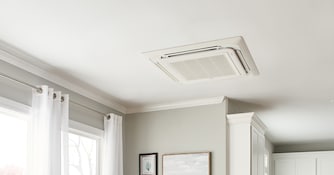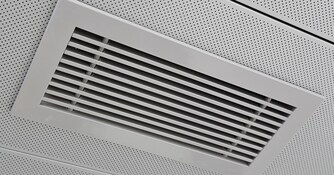
Mini Split Indoor Air Handler Unit Guide
I often talk to homeowners who are interesting in a mini split system but wonder what to do with their existing ductwork. In these situations, I recommend using an indoor air handler together with a traditional mini split setup.
This option is perfect for large homes where the installation of separate mini split units in each room would be complicated and expensive. When combined with an outdoor mini split condensor, indoor air handlers can serve multiple large zones of your home at once.
When to Choose an Air Handler Unit
If you're replacing a traditional forced air system, you can utilize existing duct work with your mini split air handler to force conditioned air through to larger open-space areas.
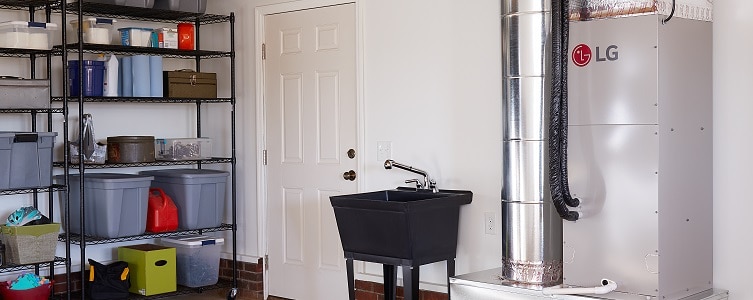
This way, if your family room, dining room, and kitchen are located in the same section of your home, you don't have to install multiple wall units to serve these areas. Instead, you can install an air handler to deliver large volumes of conditioned air to those areas through inconspicuous vents.
While these are great for serving several large areas from one unit, they're not recommended for your entire home. It's still best to have separate units for bedrooms, dens, and other areas of the home, because you'll be able to better control the temperature and output of those other areas separately.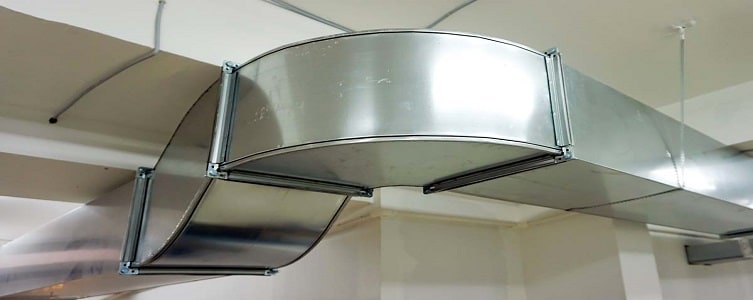
Because you likely use your family room, dining area, and kitchen more frequently throughout the day, it makes sense to keep those areas conditioned together. But if you only use your den a few days out of the week, you may wish to turn the unit in that room off when you're not using it.
Bedrooms are best served with independent units as well, because different people in your home may have different sleeping preferences, or your son or daughter may go away to school for part of the year (allowing you to turn their units off and save energy).
Installing an Air Handler Unit
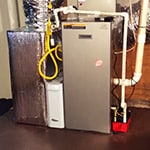 Air handler units can be installed in a basement, a crawlspace, or a utility closet. There's no need to worry whether your crawl space is tall enough because the air handler can be installed horizontally or vertically, enabling it to fit almost anywhere.
Air handler units can be installed in a basement, a crawlspace, or a utility closet. There's no need to worry whether your crawl space is tall enough because the air handler can be installed horizontally or vertically, enabling it to fit almost anywhere.
These units do require ductwork to deliver conditioned air to the rooms they're serving. So if your home doesn't have duct work, you may want to consider other options like ceiling cassettes or wall units. For homes with existing ductwork, you can replace your old furnace with this air handler to serve the same areas as before.
The standard mini split outdoor condenser must accompany this type of unit in order to cool or heat the air being delivered by the air handler. The connecting wire, drain tubing, and line sets must run from the outdoor condenser to the air handler.
Having your air handler in a basement or crawl space will simply require running these lines and tubing through a 3" hole in your foundation into your basement or crawl space. From there, you can run it through your crawlspace or along your basement ceiling to the air handler.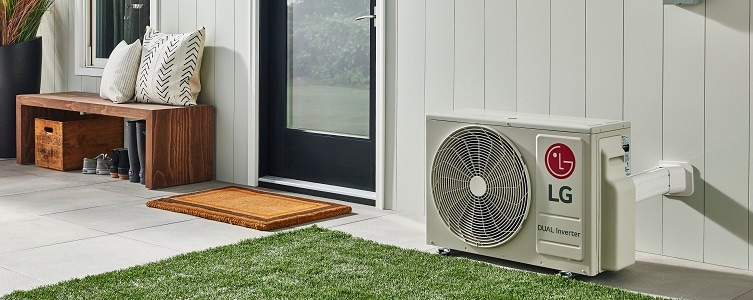
Other features or Accessories for Air Handler Units
Depending on where you live, you may need to supplement your outdoor condenser's heating capabilities with an electric heater. An electric heater is installed in the air handler unit and heats the coils to provide warmth to air being blown over them.
Because outdoor condensers can't always provide adequate heat in freezing temperatures, the use of an electric heater is an important accessory to consider if you live somewhere that gets very cold during winter.
Even in mild temperatures, if you want more warmth, these electric heaters can provide around 30,000 BTU/hr of heat to keep you nice and warm.


